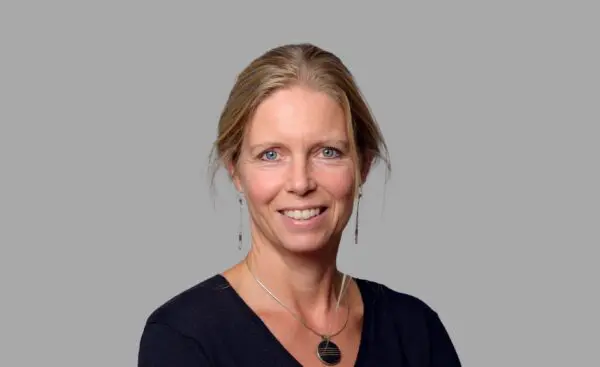Edy Blom
Senior Advisor Environmental and Social Assessment

Already in 1991, a law on the protection of the environment included provisions on ESIA. The 1999 ESIA regulation provided more detailed information on the process. Since then, the ESIA system in Mali has been perfected through the publication of new and / or amended regulations. SEA was first created in the legislation in 2008, but only in 2018 the detailed SEA procedures were published.
The ESIA process in Mali includes the following steps:
However, public consultation can not be considered to be of a public nature: neither the ToR nor the ESIA report nor environmental permits must be published or subjected to public scrutiny. Yet a 2001 law creates the right of everyone to free access to environmental information.
Screening process
The DNACPN decides.
Contents of the starting document
The content of the stamped application is prescribed. If the DNACPN decides that an ESIA is required, the proponent must submit a draft terms of reference in accordance with the guidelines provided by the DNACPN.
Timeline Screening
No maximum time specified.
Scoping process
The proponent must submit draft terms of reference. After a field visit a committee made up of the relevant technical services, the DNACPN approves them.
Contents of the scoping document
Terms of reference.
Timeline scoping
15 days.
Assessment process
The state or local authority consults the public to obtain its opinion (see below). The proponent must append the minutes of the consultations to its impact study report. This report must be written by a consultant of choice of the promoter, according to the texts in force (which are not specified). In practice, environmental certification of consultants does not exist. But technical guides exist and are available at the DNACPN.
Contents of the ESIA report
The ESIA report should consist of the following element:
Accreditation of consultants
There is no accreditation system in place. According to Article 17, the promoter must call on a consultant of his choice.
Review process
The environmental scan and review is done by an interdepartmental technical committee that has already completed an on-site visit. The Committee’s review ensures that all elements of the Terms of Reference have been thoroughly and properly addressed and verifies the viability of the information provided in the report. Subsequently, the proponent incorporates all comments into the final ESIA report and submits it to the DNACPN for an environmental permit from the Minister.
Review expertise
The technical committee responsible for the review is composed of representatives from all technical departments involved in a project and therefore involves the participation of experts from other government agencies.
Timeline Review
31 à 60 days
Integration of ESIA into decision-making
Once the ESIA report is accepted, the Minister of the Environment issues an environmental permit. This is an official decision.
Decision justification
The Minister is not required to publish the ESIA Decision and Report, to provide a transparent explanation of the permit or to include other elements than those already contained in the ESIA.
Timeline decision-making
After submission of the EIA report, the Minister has 45 days to communicate his/her decision. If it does not do so, the promoter is allowed to implement the project.
Possibilities for appeal
The 2001 law nor the 2018 decree speak of appeal.
Compliance monitoring
The proponent must implement a plan for monitoring the quality of the environment and the legality of its activities in collaboration with respected technical services and the local administration of the Directorate. The DNACPN is responsible for compliance with the permit and oversees the implementation of the monitoring plan. The respective sector ministries and the ministry in charge of the environment control the environmental monitoring. In addition, local authorities in the project area and state technical services are involved in local monitoring. Before the end of the project, the proponent must also conduct an environmental audit. This audit is subject to an analysis by the interdepartmental technical committee for environmental analysis. If the analysis concludes that the promoter complies with its commitments and obligations, the Minister of the Environment issues a certificate of environmental authorization. If, during the implementation of the project, the environmental measures prove to be inadequate, the Ministry in charge of the environment, in consultation with the ministry of the sector concerned, can ask the promoter to adapt the measures according to the needs.
Modification of projects requires approval of the DNACPN.
Non-compliance penalties
In the case of infractions, the penalties are imposed by the Minister of the Environment in consultation with the relevant sectoral minister. The work may be suspended and the environmental permit can be revoked permanently without refund.
Public participation requirements for ESIA process stages
Participation is recommended but the timing is not specified. The results are assigned by all parties and appended to the ESIA report. The terms and conditions are described by ministerial decision. It defines three stages:
First, the authorities are informed of the beginning of the project. Secondly, the actors concerned are informed of the beginning of the impact study.
At the end of the study, ways to integrate the concerns of the public are discussed.
Timeline for public comments
No maximum time specified.
Access to information
The ESIA decree does not create mandatory transparency except public consultation. But the 2001 law creates a right for everyone to access environmental information.